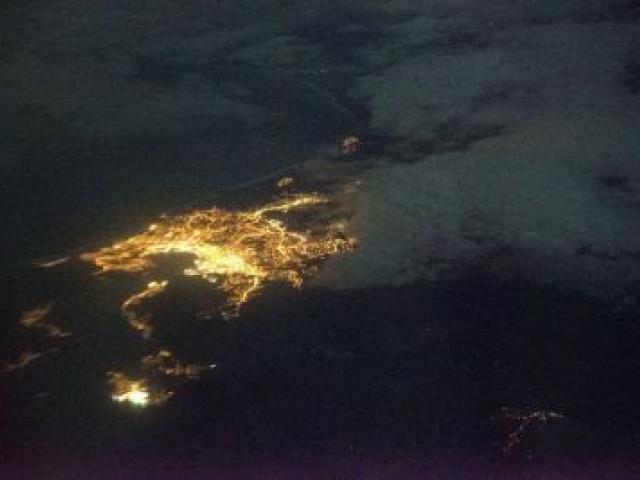
Dunedin astronomer and Otago Museum director Ian Griffin made that point about the photo, which he took at 3am from the Sofia observatory, a converted Boeing 747SP aircraft, as it flew near the city.
"This is why Dunedin streetlights need to be shielded,'' he said in a Twitter message.
The city lights could be seen more clearly than usual because most commercial passenger jets seldom fly much above 36,000ft.
Dr Griffin chairs an advisory committee to the Dunedin City Council on dark sky matters.
Some people would find the photograph an attractive sight, but he said it also showed energy being wasted and light pollution that interfered with viewing of the night sky.
Smarter use of energy through new-generation shielded street lights would allow Dunedin to promote itself as the world's largest "dark sky city''.
This would be "really good for Dunedin'' in attracting a niche market of visitors interested in viewing the night sky.
Aurora australis seen from @SOFIAtelescope at 09:08UTC this evening at roughly 60Degrees South. #aurora #astronomy pic.twitter.com/BtGqAwDY43
— Ian Griffin (@iangriffin) July 17, 2016
The Nasa aircraft is in New Zealand during the winter, based at Christchurch International Airport.
Dr Griffin also tweeted several photos of the Aurora Australis that he took while on the flight.












